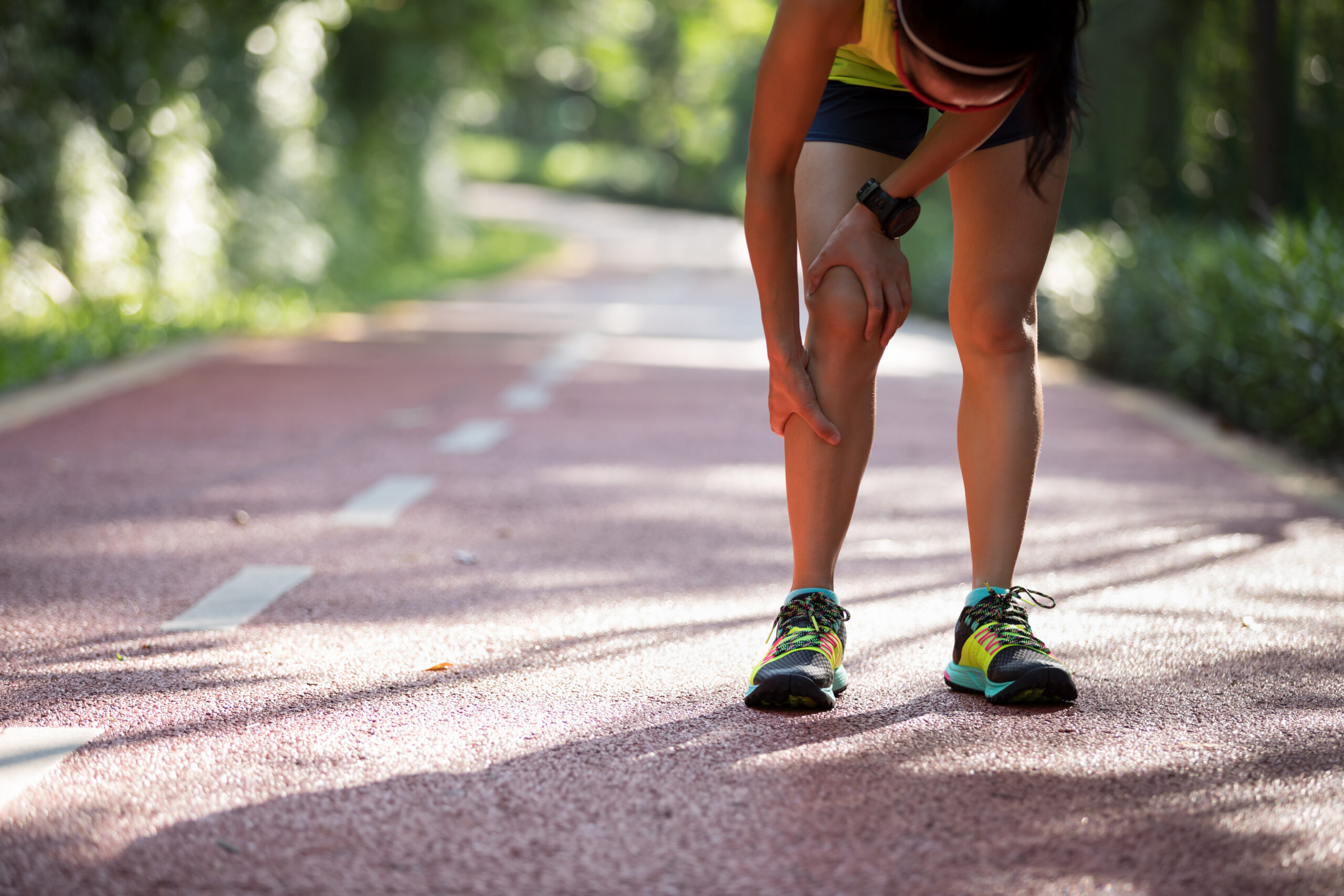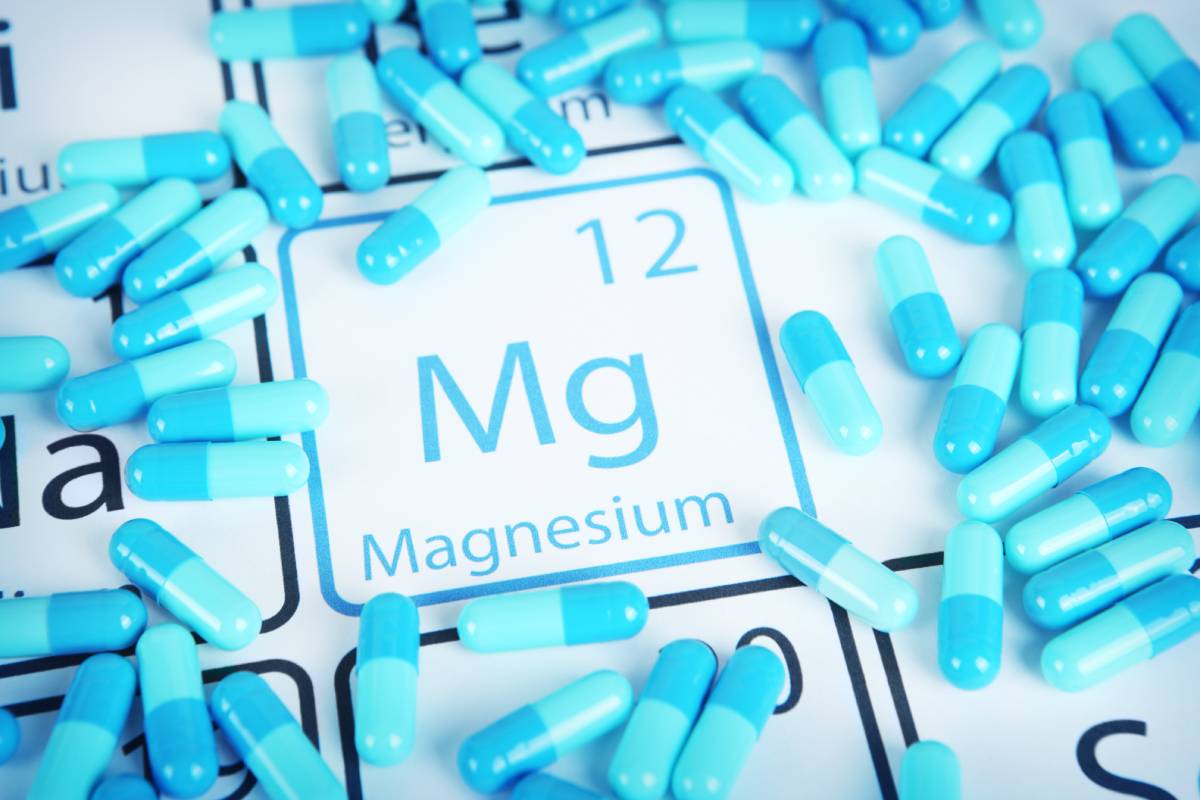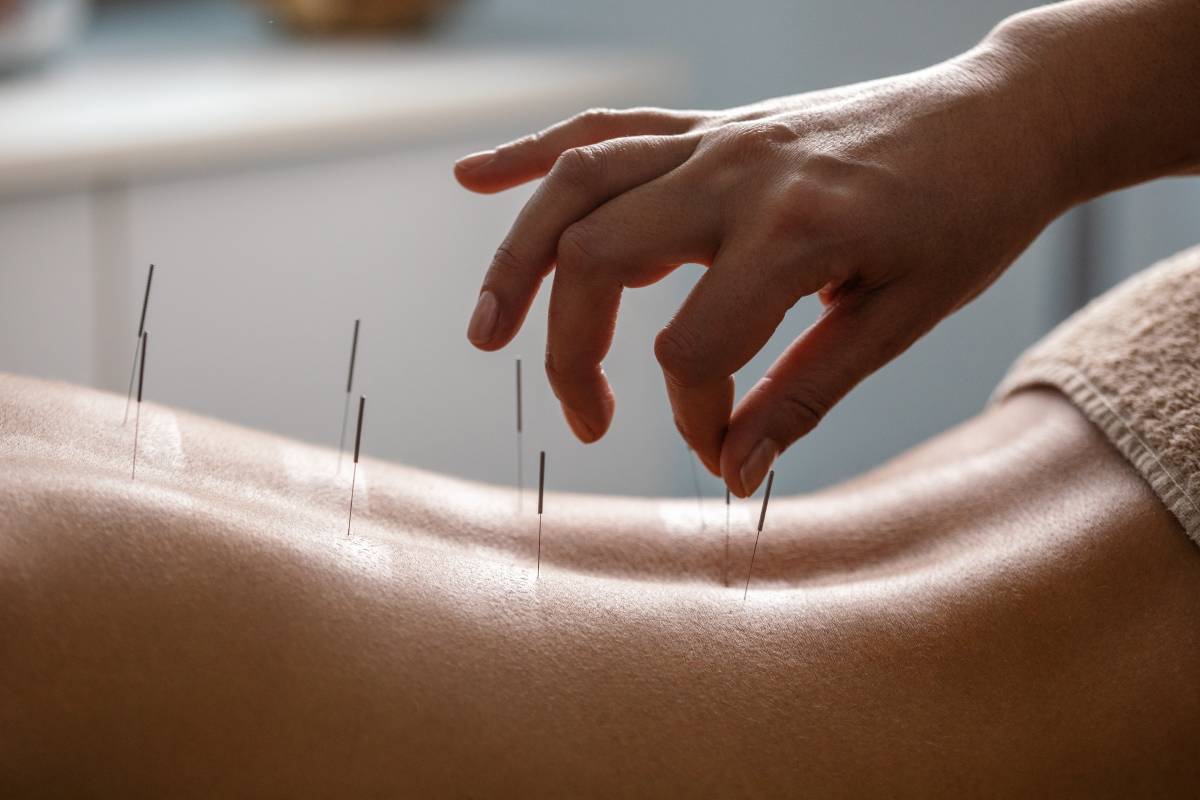The Titleist Performance Institute (TPI) Medical Certification is a highly sought-after and specialized credential that allows chiropractors to expand their expertise in the field of sports medicine, specifically in golf performance enhancement. The TPI Medical Certification equips chiropractors with the tools and knowledge necessary to analyze and address the physical limitations and imbalances in golfers, ultimately helping them achieve a more efficient and injury-free swing.
Golf is a highly technical sport that places tremendous stress on the body. Repetitive golf swings can lead to a variety of musculoskeletal injuries, such as low back pain, hip and shoulder issues, and even wrist and elbow problems. Chiropractors, with their unique understanding of biomechanics and the musculoskeletal system, are ideally positioned to help golfers optimize their performance and prevent injury.
The TPI Medical Certification program offers chiropractors a comprehensive curriculum that includes three levels of training. Level 1 focuses on the fundamentals of golf-specific fitness, biomechanics, and swing analysis. Chiropractors learn how to identify the 12 most common physical limitations that can lead to swing faults and injuries in golfers, known as the “Body-Swing Connection.”
Level 2 delves deeper into the assessment, treatment, and management of golf-related injuries. Chiropractors learn advanced assessment techniques to identify the root cause of biomechanical issues and develop a customized treatment plan for each golfer. This level also covers rehabilitation strategies and exercise prescription, empowering chiropractors to guide their clients through the recovery process.
Level 3, the highest level of TPI Medical Certification, focuses on mastering the skills and knowledge acquired in the previous levels. Chiropractors learn how to integrate their expertise with other professionals, such as golf instructors and fitness trainers, to provide a comprehensive, multidisciplinary approach to golf performance enhancement.
TPI Certified chiropractors become part of a global network of professionals dedicated to helping golfers achieve their performance goals. They have access to cutting-edge research and the latest information on golf-specific injuries and treatment strategies. Additionally, TPI certification sets these chiropractors apart from their peers, demonstrating a commitment to excellence and a specialization in golf performance.
In conclusion, TPI Medical Certification for chiropractors is an invaluable asset for those looking to expand their practice and expertise in the field of sports medicine. It equips chiropractors with the skills and knowledge necessary to address golf-specific injuries and limitations, helping golfers optimize their performance and reduce the risk of injury. As golf continues to grow in popularity, the demand for specialized golf performance professionals, including TPI Certified chiropractors, will only increase.









